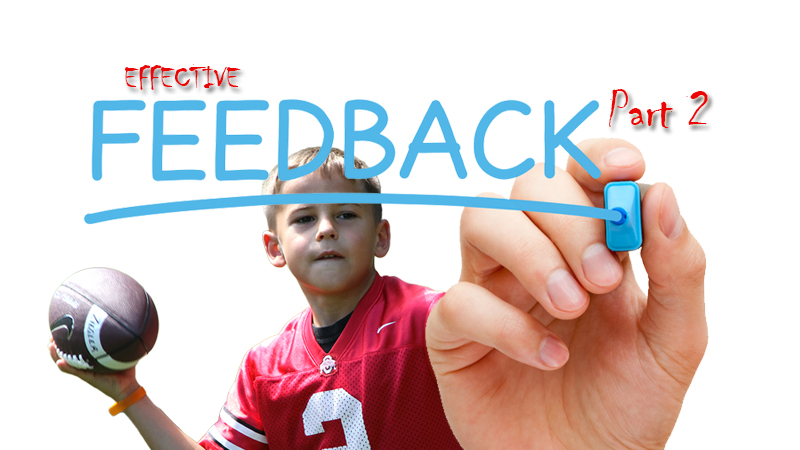
Making Feedback Work: The Feedback Flow
In part 1, “The Missing Link in Movement Education: The Feedback Cycle,” I talked about a powerful, research-based, three-part feedback process, which was developed to maximize performance in academic learning. This same feedback cycle can be successfully adapted and applied to improve a child’s ability to perfect new movement skills in physical education.
Instead of the auto-pilot, “Great job!”or “Good girl!” feedback we have all been guilty of using, the feedback cycle details a 3-part progression. It begins with the FEED UP, or setting up the context and expectations before the lesson; then the actual FEED BACK, where constructive, specific feedback is given, and finally the FEED FORWARD, where the next steps in the development of the skill are discussed.
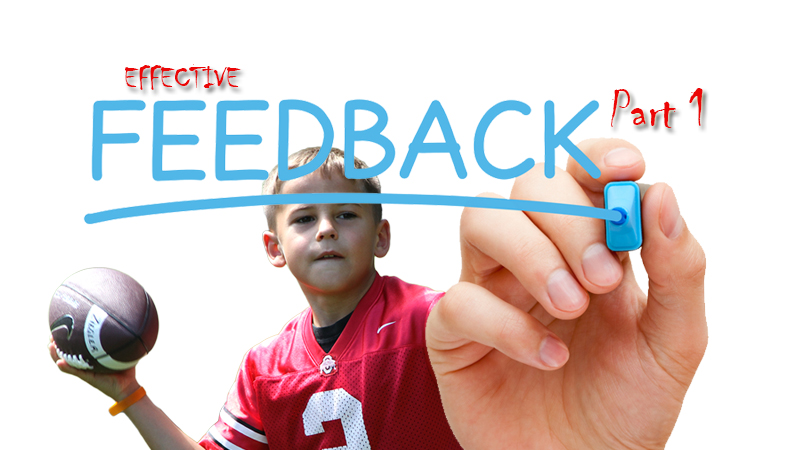
The Missing Link In Movement Education: The Feedback Cycle
After teaching a movement skill, how many times have you heard yourself say, “Great job!” “Well done.” “Nice try!” “Good girl!” and of course, “Attaboy!”?
Ahem – I’m guilty as charged; way too many times!
We spend so much time perfecting how we teach that it’s easy to forget the power of effective feedback on every lesson. After doing a stellar job of teaching a tough movement skill such as a hip hinge or overhand throw, it is easy to fall into the trap of giving reflexive, lazy feedback.
Deceleration Mechanics
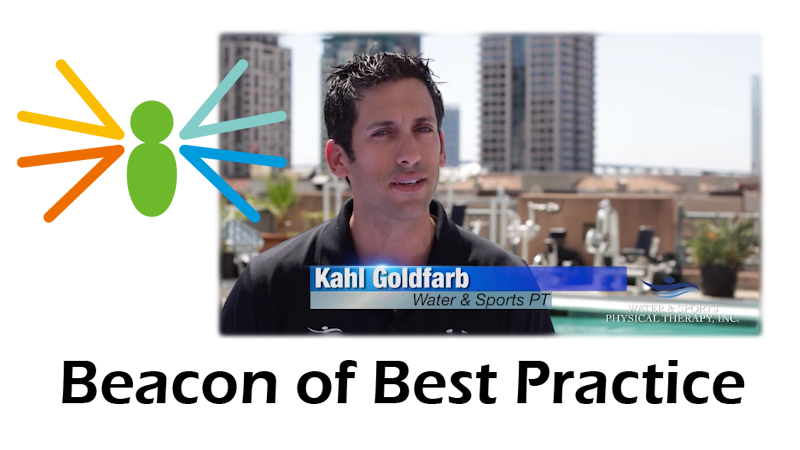
Beacon of Best Practices – Dr. Kahl Goldfarb
It’s Thursday’s Beacon of Best Practices!
Today we have an opportunity to learn a unique perspective on youth movement assessment and injury prevention from one of San Diego’s top physical therapists, Dr. Kahl Goldfarb with Water and Sports Physical Therapy www.waterandsportspt.com
Dr. Goldfarb and his team work with many of San Diego’s professional athletes, in addition to moms, dads, and kids.
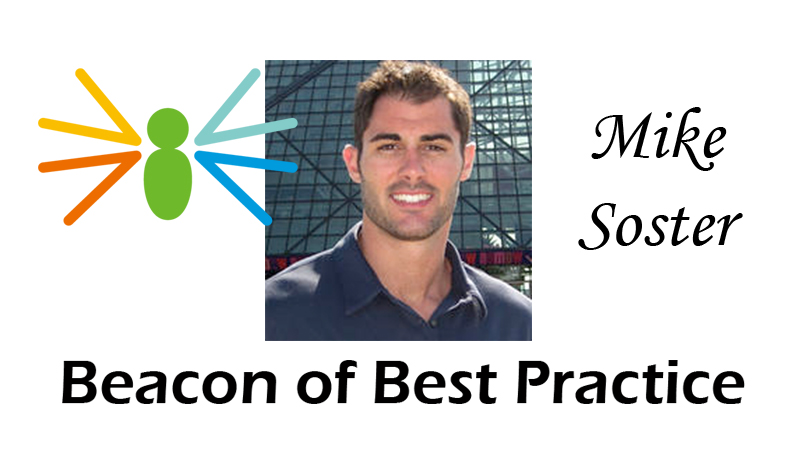
Beacon of Best Practices Mike Soster!
1. How long have you been working with kids?
I have been working with kids for about 5 years now, but the last three has been more of a daily thing.
2. What ages do you mostly work with?
I mostly work with ages 6-15, as I see that age group as the one we can make the most impact on as far as steering them towards a happy and healthy lifestyle.
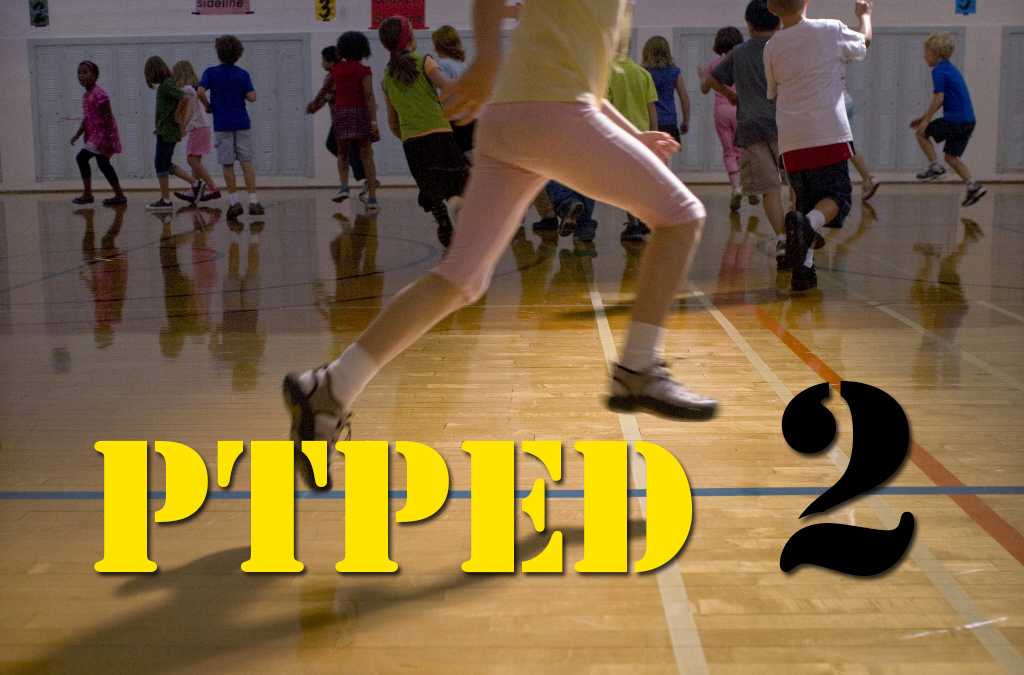
The Prevention and Treatment of Post Traumatic PE Disorder
Post Traumatic PE Disorder plagues children and adults all across America. Characterized by exercise-induced anxiety and a chronic lack of motivation to move, PTPED often starts at a young age and persists through adulthood. If you haven’t yet read Christa’s story be sure to take a look. The chances are high that you’ll be able to relate in one way or another.
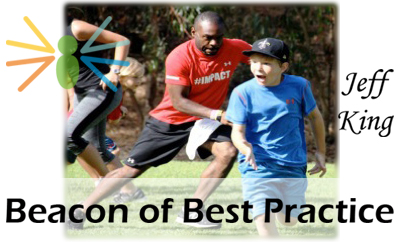
Awesome Kids Program in San Diego
1. How long have you been working with kids?
– Since 2007 ( seven years)
2. What ages do you mostly work with?
– Early, mid, and late adolescence ( ages 8-16)
3. What motivates you to work with kids?
– Our kids are the future of America. With the ever increasing epidemic of childhood obesity and diabetes and concurrently with the decreasing number of physical education programs in elementary schools, I feel it’s vital and necessary to educate our youth in sound exercise and eating habits.
An Unreal High School PE Program
SPIDERfit Highlighted Coach
Name: DuWayne Behnke
Title: Physical Education Teacher
Organization: Stevens Point School District
Website: www.pointpe.net
How long have you been working with kids? 27 Years
What ages do you mostly work with? High School
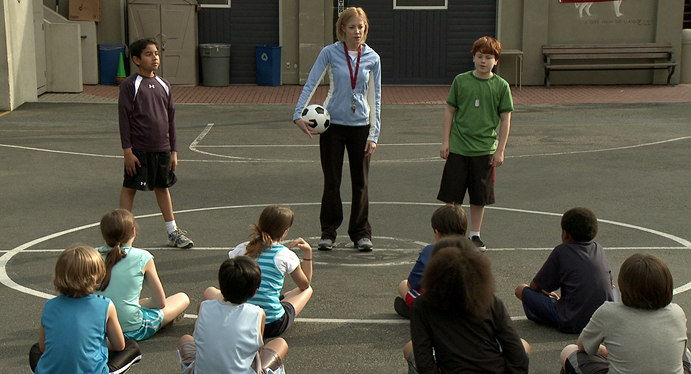
A Case Study: Post Traumatic PE Disorder
Millions of Americans suffer from Post Traumatic PE Disorder, or PTPED. Caused by poor physical education and a lack of purposeful fitness instruction, PTPED often begins at a young age. Although the incubation period can range from one day to several years, full-blown PTPED is long-lasting and difficult to treat. Symptoms of PTPED include:

3 Reasons for Tee-Ball Struggles
Chasing butterflies, building dirt castles, and picking dandelions. Oh the memories!
Tee ball is awesome when you’re 5.
The phrase “youth tee-ball” could quite possibly be mentioned in the Webster’s definition of “frustration.” Parents taking hours out of their day to watch their childrens’ largely distracted, failed attempts at the skill sets of a sport so difficult that even at the professional ranks, a 30% success rate will get you into the hall of fame.
Before we go into the clichés of “no attention span” or “bad genetics,” let’s look at three more accurate reasons why youngsters, particularly under the age of 8, tend to struggle with the sport of baseball and tee ball.





Connect with SPIDERfit!